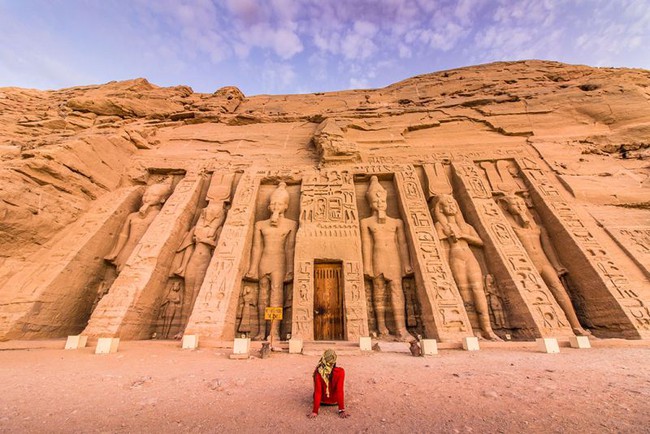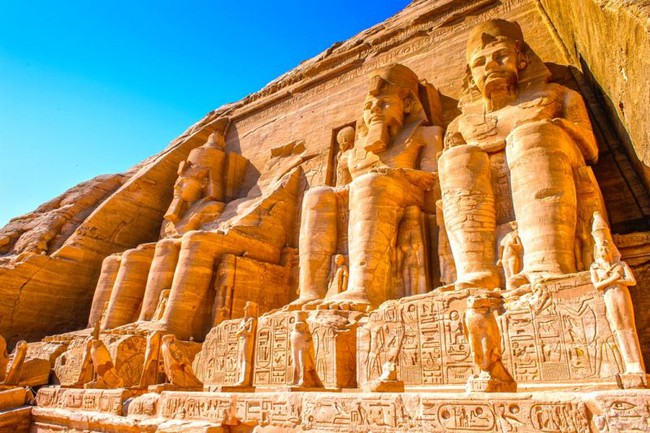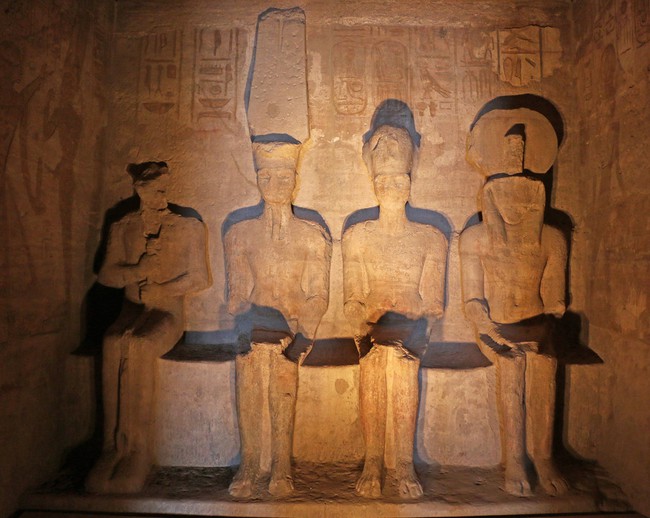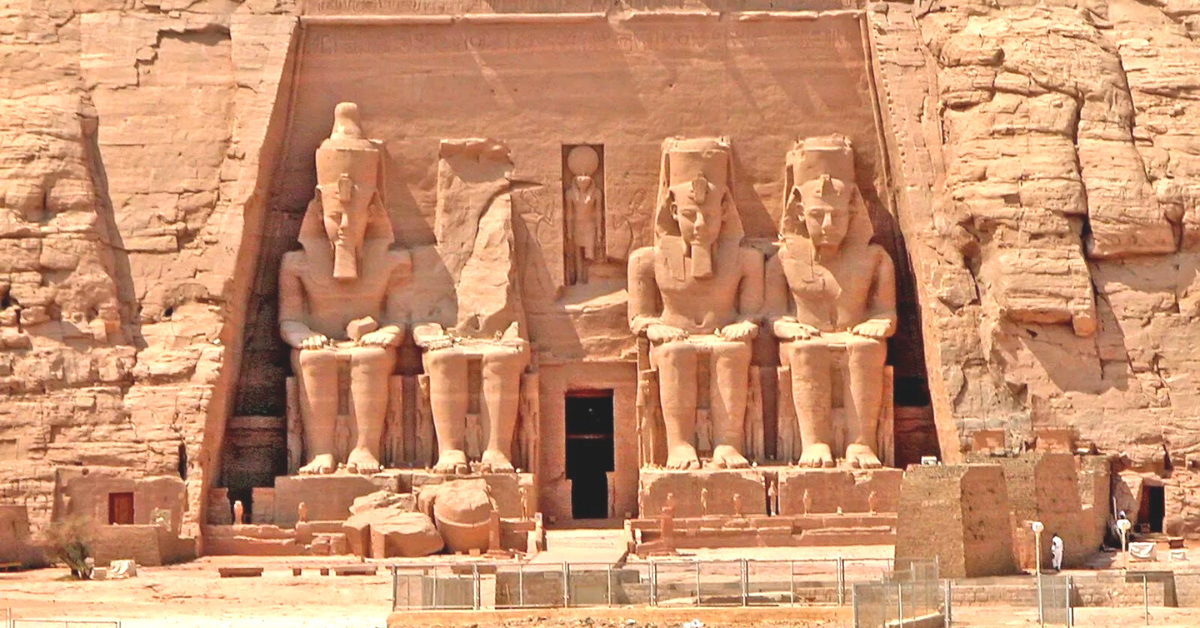If you are interested in learning history and have a passion for ancient Egyptian civilization, you will probably have heard of the name Abu Simbel – an ancient temple complex dating back to the 13th century (BC – the way 3,300 years ago) in southern Egypt, on the banks of the Nile.
Built by the greatest pharaoh, Ramesses II, also known as the Temple of Ramses II or Ramesses II, this massive complex of stone temples marked the southern boundary of the Egyptian Empire with the region of Nubia when at the height of his power during the New Kingdom period.
This ancient temple complex was built to convey the power of the rulers of Egypt to anyone who saw them. The 4 statues guarding the entrance are the largest surviving sculptures from ancient Egypt.

Abu Simbel is located in Abu Simbel – a small village of Aswan in Upper Egypt near the border with Sudan, on the western shore of Lake Nasser.
The complex consists of two temples, which serve as a memorial to King Ramesses II and his wife Queen Nefertari.
After a time almost completely disappeared from human civilization, the Abu Simbel temple was rediscovered in 1813 by Swiss explorer John Lewis Burckhardt.
At that time, the temple was long forgotten. The desert sand covered everything, except for the tops of the giant statues placed in front of the entrance.
Since 1909, when the last sand was cleared, this twin temple has become the most popular sightseeing spot in southern Egypt.

What does Abu Simbel look like?
There are 2 temples. The first, the Great Temple, is dedicated to Ramesses II and the second, the Small Temple, is dedicated to his wife Queen Nefertari.
Great Temple
The Great Temple in Abu Simbel took about 20 years to build. Also known as the Temple of Ramses II, it is dedicated to the deities, including Ptah (god of darkness), god Amun-Re (god of the sun), god Re-Harakti (patron of kings) and himself. King Ramesses II.

It is considered the largest and most beautiful of the temples built during the reign of Ramesses II, and is one of the most beautiful in Egypt.
Small Temple
The second temple, the Little Temple, is dedicated to the goddess Hathor and Queen Nefertari. The stone facade of the temple is decorated with two groups of giant statues separated by large gates.

Architectural masterpiece that proves the brilliant mind of the ancient Egyptian sages
When building the great temple, Ramesses II asked the ancient architects to design it twice a year (February 22, the anniversary of Ramesses II’s accession to the throne and his birthday, 22 October), the sun can shine directly into its deepest recesses to illuminate the statue of King Ramesses II and the gods.

The special thing is that, during those 2 days, the sun will shine on the god Amun-Re first, then slowly spread to the neighboring statues but never to Ptah because he is the god of darkness.
With the king’s seemingly impossible request, the ancient Egyptian sages still responded excellently. For more than 3,200 years, the face of the Pharaoh was only illuminated by the sun on February 21 and October 21 every year. And the statue of Ptah remained in the dark for all these years.
Source: Memphistours
